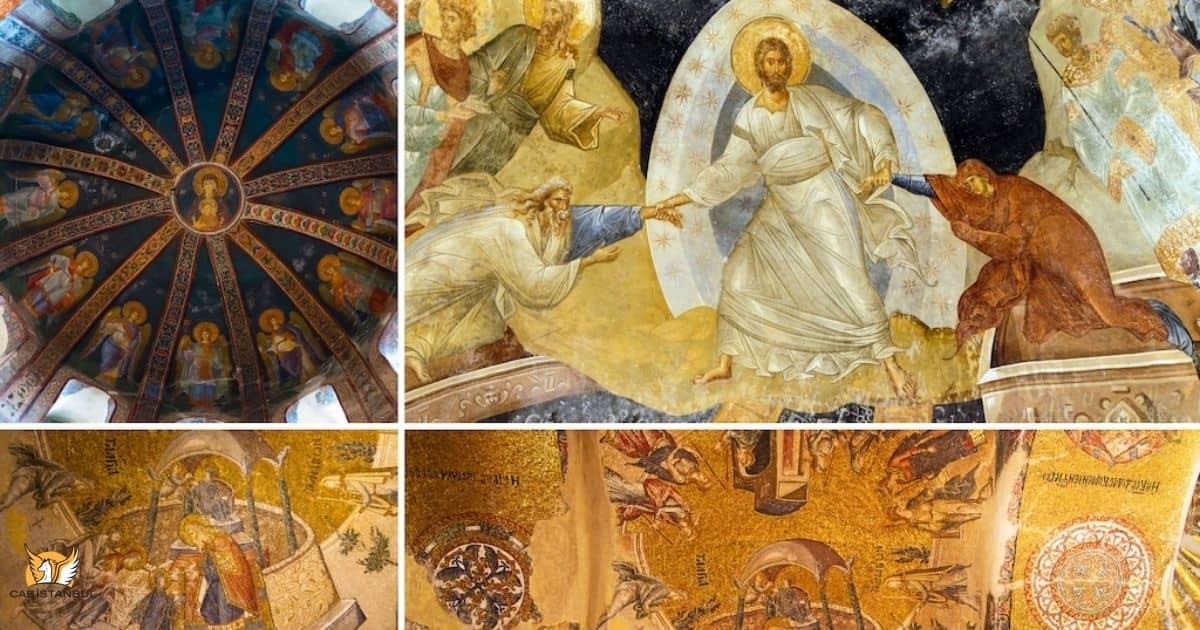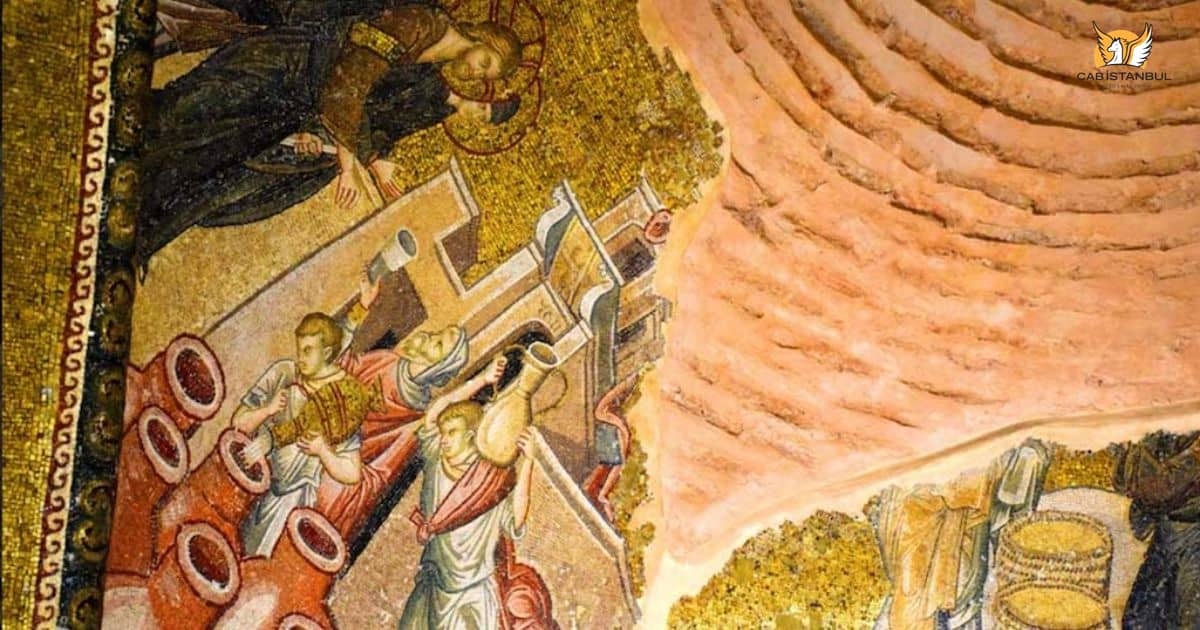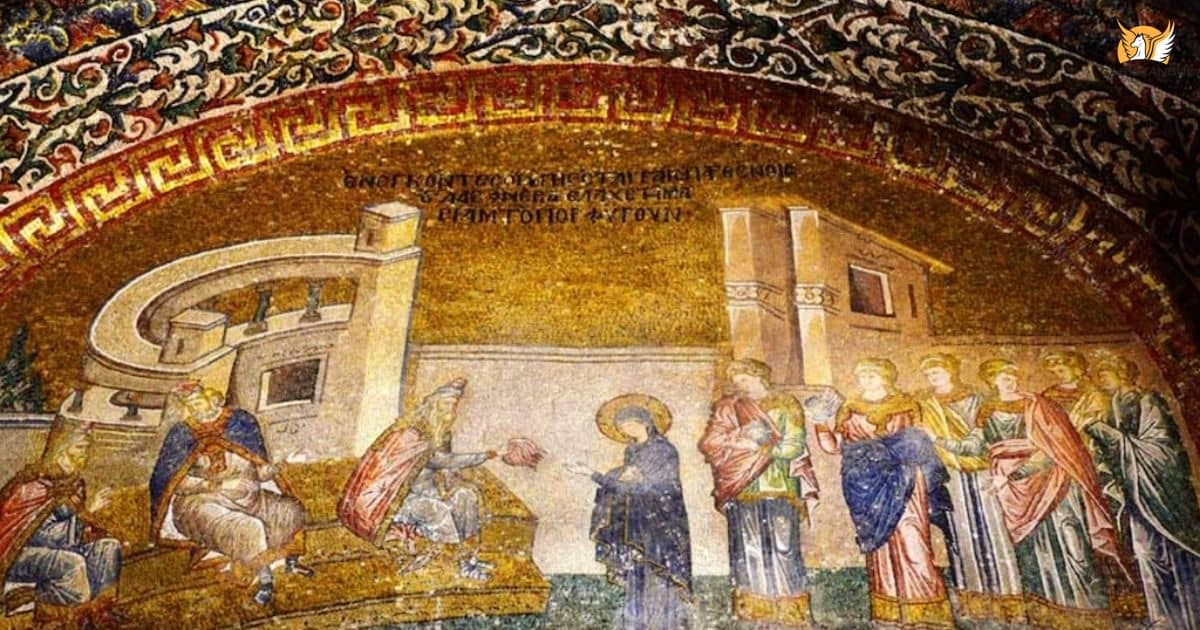Chora Museum Istanbul / Kariye Camii
2026-01-10

Chora Mosque
The Chora Mosque, also known as the Chora Museum (Kariye Camii), is one of Istanbul’s most enchanting historical landmarks. Once a Byzantine church and later transformed into a mosque, this iconic site reflects the city’s layered spiritual and cultural history. Dating back to the 5th century, the monument is celebrated for its breathtaking Byzantine mosaics and frescoes that depict vivid scenes of faith and artistry. Each intricate detail inside tells the story of both Christianity and Islam, creating a rare harmony of styles that captivates visitors.
Far from the bustling crowds of Istanbul’s more famous attractions, the Chora Museum offers a serene atmosphere where travelers can experience the city’s heritage in a more intimate way. The shimmering mosaics, the serene prayer halls, and the artistry of centuries past make it an unmissable stop for those passionate about Istanbul history, Byzantine architecture, and Ottoman heritage.
A visit to the Chora Mosque is not just a sightseeing experience—it is a journey into the soul of Istanbul, where the echoes of empires and civilizations still resonate. Whether you are a history enthusiast, an art lover, or a curious traveler, the Chora Museum Istanbul invites you to step into a timeless narrative that bridges cultures and faiths.
For an elevated experience, explore this magnificent landmark with comfort and ease. Cab Istanbul offers chauffeur-driven car rentals and private transfer services designed for visitors who wish to discover Istanbul’s architectural wonders without stress. Enhance your cultural journey by booking a VIP transfer in Istanbul and enjoy seamless access to the city’s historic treasures.
Kariye Mosque
Kariye Museum / Chora Church
A Brief History of Chora: Originally dedicated to Jesus, the Chora was a prominent component of the expansive Chora Monastery complex during the Eastern Roman Empire. Named 'Chora', meaning 'outside the city' in Greek, it aptly described its location beyond Istanbul’s (then Konstantinos) city walls. In Turkish, it's known as Kariye Mosque.
Blachernae Palace Proximity: Constructed in the 6th century by Emperor Justinian (527-565) atop a former ruined chapel, its exact inception date remains elusive. Its proximity to the Blachernae Palace made it the chosen venue for significant religious ceremonies during the Komnenos era, serving as a palace chapel. The Chora, a masterpiece of Eastern Roman art, showcases timeless architecture, mosaics, and frescoes, enduring the test of time despite the destruction of adjacent monastic structures.
Transition to Kariye Mosque: Post-Istanbul's conquest, the well-preserved Chora Church transitioned into Kariye Mosque in 1511 under Grand Vizier Atik Ali Pasha. Furthermore, a madrasah was annexed by Sultan Bayezid. In 1945, it emerged as a museum, echoing the transformation of Hagia Sophia.
Artistic Treasures of Chora: Home to invaluable 14th-century Byzantine frescoes and mosaics, Chora boasts some of the world’s best-preserved artworks. Its mosaics vividly narrate resurrection tales, discovered by the American Byzantine Institute in the 1950s, with the outer and inner entrances depicting the lives of St. Mary and Jesus, alongside frescoes illustrating pivotal Christian scenes.
Chora Church Frescoes

Chora Church Museum
Historical Roots: ‘Chora’, ancient Greek for ‘countryside’, alludes to its initial location outside Constantinople’s walls. Historical records indicate a pre-existing chapel in the 5th century, replaced by a structure commissioned by Justinian in the same century. It functioned as a palace church during the Komnenos period, witnessing a series of construction, destruction, and restoration through the centuries.
Architectural Evolution: Initially erected by Justinian in the 5th century, it underwent reconstruction under Emperor Alexios I in the 11th century, only to be razed during the 12th-century Latin invasion. Subsequent restoration and mosaic additions occurred in the 13th century, with continuous enhancements leading to its current form.
Religious Transformation: Serving variously as a palace church and chapel, Chora functioned as a church until 1511. It was then converted into a mosque by Grand Vizier Atik Ali Pasha under Bayezid II, who added a minaret and mihrab. In 1945, following the establishment of the Republic of Turkey, it gained museum status.
Ongoing Conservation: Initiated in 2013, ongoing restoration endeavors continue to preserve and rejuvenate this architectural jewel, with details from different epochs, including the minaret and mihrab, meticulously conserved to reflect its diverse historical and cultural legacy.
Chora Monastery Istanbul

Saint Sauveur In Chora Istanbul
Formerly known as the Saint Savior in Chora, the Kariye Mosque stands majestically in Istanbul’s Fatih district, near the historic Theodosius Walls. Originally the epicenter of the expansive Chora Monastery during the Eastern Roman Empire, this illustrious structure has borne silent testimony to the passage of time, transitioning seamlessly from a revered Greek Orthodox church to a mosque, and finally, a museum.
Celebrated for its mesmerizing mosaics, the Kariye Mosque commenced its journey as a mosque in 1511, post the Conquest of Istanbul, serving as a church for an additional fifty-eight years prior. In 1945, it acquired the status of a national monument, subsequently integrating into the Museum Administration in 1948 through a ministerial decree, thereby emerging as one of Turkey’s most frequented mosques and museums.
Chora Mosque
What sets Kariye Mosque apart is its unparalleled collection of meticulously preserved mosaics and frescoes that echo tales from the Christian world. The transition from church to mosque witnessed the careful concealment of Christian symbols, inscriptions, and exquisite artwork under delicate layers of paint and lime whitewash, ensuring their preservation through centuries.
Religious edifices in Christianity often feature visual narratives through mosaics and frescoes to communicate sacred stories to the congregation, enhancing the building’s interior while exuding an aura of divine splendor. Kariye Mosque is no exception, adorned with captivating scenes from the Portraits, Old Testament, New Testament, and Apocryphal Gospels, offering a visual feast to its visitors.
Art historians often draw parallels between the aesthetic elements of Kariye Mosque and Italy’s Arena Chapel in Padova, especially the decorations crafted by Renaissance painting pioneer, Giotto. Both structures showcase a refreshing departure from traditional religious depictions, offering a vibrant tapestry of scenes involving key figures like Anna, Johakim, Mary, and Jesus.
The frescoes and mosaics within Kariye Mosque not only chronicle religious tales but also embody a distinct pictorial style reminiscent of ancient art. Unlike the Arena Chapel, Kariye arranges its scenes not just chronologically but also thematically, creating a harmonious blend of narratives and images. The figures within each scene engage with one another, set against detailed backdrops teeming with fabrics and flora.
Noteworthy for its usage of the fresco technique, Kariye Mosque features an impressive array of artworks including the minimally damaged 'Descent to Hell' or 'Anastasis' scene in the apse and the 'Last Judgment' scene. The pareklesion dome showcases Mary and Child Jesus at its center, surrounded by twelve angels, with the universe depicted as a spiral on the ceiling.
As you explore further, you’ll find tomb niches adorned with frescoes, bearing silent tales of those long gone, inviting you to lose yourself in the enchanting confluence of history, art, and spirituality that is the Kariye Mosque.

Write a Comment !